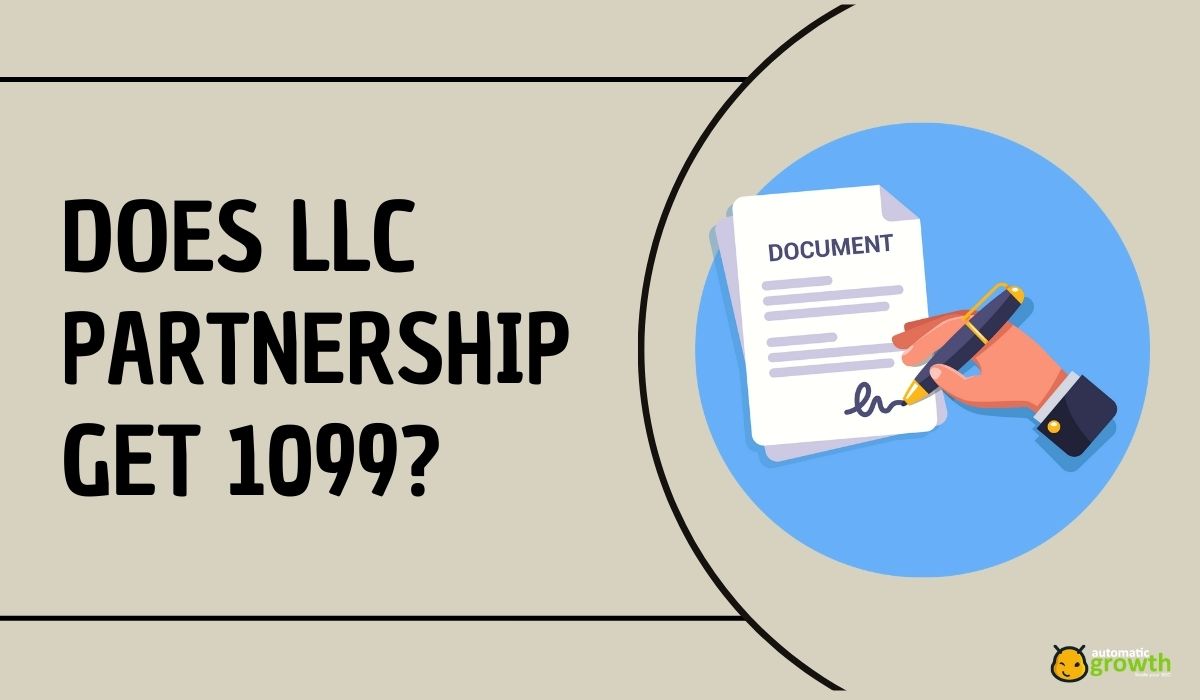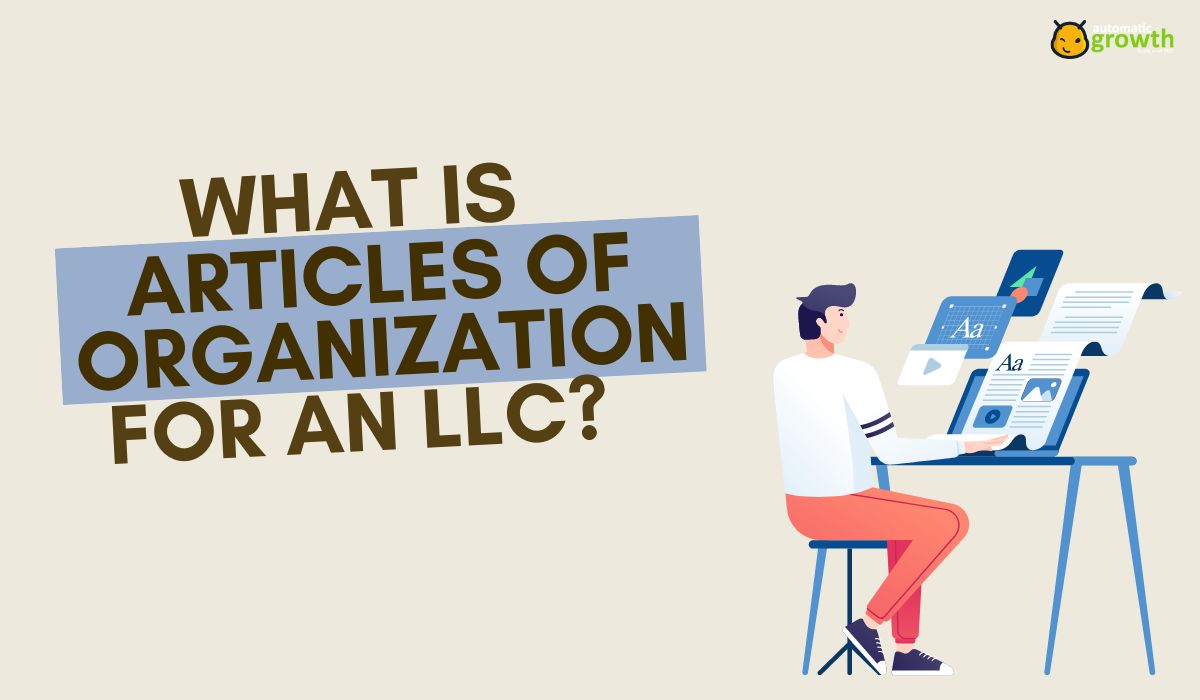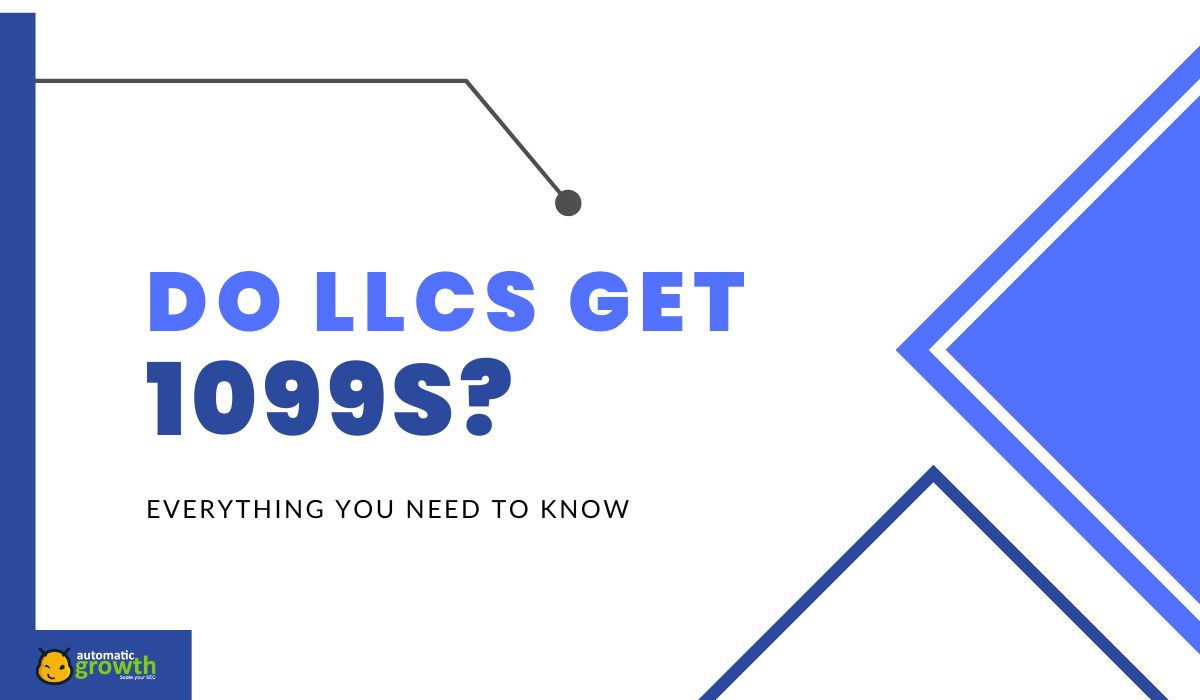In this article, you will learn about Black Hat SEO and common tactics used for manipulating backlinks. Additionally, you'll discover how to remove spammy or low-quality backlinks to maintain your website's integrity and reputation.
Understanding Black Hat Backlinking Techniques
Black Hat SEO refers to the practice of using unethical tactics and strategies to gain higher search engine rankings and increased web traffic. These techniques function by exploiting search engine algorithms, with little or no focus on human audience engagement. While Black Hat SEO strategies may yield favorable results in the short term, search engines such as Google and Bing regularly update their algorithms and penalize websites that engage in such practices, leading to severe consequences and potential loss of digital presence.
The term "black hat" originated from the classic Western movies where villains typically wore black hats, while the heroes donned white hats. In the context of SEO, "white hat" refers to the ethical, above-board practices that comply with search engine guidelines and focus on delivering genuine value to users.
Common Black Hat Backlinking Tactics
Link farming
Link farming is the process of creating numerous low-quality websites solely for the purpose of interlinking with other sites to increase their backlink count. These farms are often automated and poorly structured, with an exclusive focus on inflating the number of external links pointing to the target website. Search engines like Google perceive these tactics as manipulative and will penalize websites engaging in such practices.
Private Blog Networks (PBNs)
A Private Blog Network (PBN) is a collection of high-authority, expired domains or blogs that have been purchased with the intent of creating backlinks to a target website. While initially effective, PBNs have grown less effective due to advancements in search algorithms. Often, PBNs have thin, irrelevant content with little added value to users, ultimately devaluing their backlink benefits. Building or participating in PBNs can lead to severe search ranking penalties, harming a website's long-term success.
Spammy Blog Comments
Leaving spammy, low-quality comments on relevant blog posts with a link back to your site is considered a black hat practice. This is typically carried out using automated software or low-paid commenters who post unrelated or promotional comments on multiple blogs, adding zero value to the conversation. Readers can easily recognize spammy comments, negatively affecting the reputation of the commenter's website. Moreover, search engines will likely mark these links as spam and penalize the associated websites.
Paid Links
Buying or selling backlinks is another black hat SEO tactic. This involves webmasters paying for links to be placed on other websites, often those with high domain authority, in an attempt to improve search rankings. While initially effective, search engines now frown upon these practices and can penalize both the purchaser and the seller of the links. It's advisable to engage in genuine, value-driven link-building efforts to gain high-quality backlinks.
Invisible Links
Invisible links, whether hidden within text or obscured by white-on-white text formatting, are meant to deceive search engines and users. These hidden links are incorporated to trick search engines into thinking there are more backlinks pointing to a particular site. This practice is easy for search engine algorithms to detect, and as a result, can lead to significant penalties.
Low-Quality Guest Posting
Guest posting for the sole purpose of gaining backlinks, without a focus on producing high-quality and relevant content, is considered a black hat tactic. Low-quality guest posting often involves distributing repetitive, non-informative content across multiple platforms or irresponsible article distribution and spinning, where the same article’s content is slightly rephrased or restructured. Partaking in these practices will severely hinder your website’s reputation, as well as result in search engine penalties.
In summary, black hat backlinking techniques, although initially effective, are risky practices that can result in severe penalties and loss of online presence. To achieve lasting success in search engine rankings, focus on ethical white hat SEO and genuine link-building strategies. These efforts not only prevent penalties but also provide genuine value to your audience.
How To Remove Spammy Or Low-Quality Backlinks
Low-quality backlinks, or "spammy" backlinks, are links pointing to your website from low-quality, unrelated, or spammy sites. They can negatively affect the reputation and search engine rankings of your website. It's essential to monitor your backlink profile and eliminate these spammy backlinks before they cause damage to your site's authority.
This article will discuss three approaches to removing spammy or low-quality backlinks:
-
Contacting the website owners
-
Using the Google Disavow tool
-
Regular backlink audits and maintenance
Contacting The Website Owners
The first method for removing spammy or low-quality backlinks is to contact the owner or webmaster of the site hosting the backlink. More often than not, these site owners are not even aware that they are linking to your site in a spammy way. By politely reaching out to them, you can often get the backlinks removed without much trouble.
Before contacting the website owner, ensure that the backlink is genuinely low-quality or spammy. Then, follow these steps:
-
Identify the Website Owner: Use a tool like WHOIS to find the contact information of the website owner or administrator.
-
Draft a Professional Email: Write a short, polite, and professional email explaining the issue and requesting the removal of the backlink. Be sure to include the specific URL where the backlink is located so they can easily locate it.
-
Send the Email: If you have a generic email address (i.e., [email protected]) of the website owner or webmaster, use it. Alternatively, use any social media profiles associated with the site to reach out to them.
-
Follow-Up: If you do not receive a response within a week, try sending a follow-up message.
-
Track Your Results: If the website owner agrees to remove the backlink, monitor the page to ensure they follow through.
Using The Google Disavow Tool
If contacting the website owner fails or is not an option, you can use the Google Disavow Tool. This tool allows you to inform Google that you do not want specific backlinks to be considered when assessing your site's ranking.
It's essential to use this tool cautiously, as improper use could harm your website's search engine ranking. Follow these steps to use the Google Disavow Tool effectively:
-
Create a List of Spammy Backlinks: Compile a list of the low-quality or spammy backlinks you wish to disavow.
-
Format Your List: Save your list as a plain text file, including one URL per line. Begin each URL with the prefix "domain:" For example, "domain:spammysite.com".
-
Submit Your List: Go to the Google Disavow Tool, select your site from the drop-down menu, and click "Disavow Links." Then, upload the text file list you created.
Google will process your request, typically within a few weeks, and stop factoring these links in your site's ranking evaluation.
Regular Backlink Audits And Maintenance
To maintain a clean backlink profile and safeguard your site's reputation, it is crucial to perform regular backlink audits and maintenance. Here are some steps to carry out these audits effectively:
-
Use a Backlink Analysis Tool: Tools like Ahrefs, Majestic, Moz, or SEMrush can help you monitor your site's backlink profile and identify potentially harmful links.
-
Filter Out Low-Quality Links: Identify and filter out any low-quality or spammy backlinks by examining site relevance, domain authority, trust flow, and other relevant metrics.
-
Take Appropriate Action: Act on any identified low-quality backlinks by either reaching out to the website owner, using the Google Disavow Tool, or employing a mix of both.
-
Analyze Your Competitors: Research your competitors' backlink profiles to identify potential high-quality backlink sources and devise effective link-building strategies.
By implementing these methods, you can effectively remove spammy or low-quality backlinks and maintain a healthy backlink profile, ultimately protecting and improving your website's authority and search engine ranking.
Frequently Asked Questions
What is black hat backlinking, and why should it be avoided?
Black hat backlinking refers to unethical and disapproved methods of acquiring backlinks to manipulate search engine rankings. Such techniques should be avoided because they can lead to penalties from search engines, potentially harming a site's reputation and organic traffic.
How do search engines detect black hat backlinking techniques?
Search engines, like Google, employ sophisticated algorithms to analyze backlink profiles, looking for unnatural patterns, unrelated or low-quality sites, and manipulative anchor texts. Detection of such techniques may result in ranking penalties or even total exclusion from search results.
What are some examples of black hat backlinking techniques?
Common black hat backlinking techniques include purchasing low-quality links, participating in link exchange schemes, using automated software to create backlinks, acquiring links from spammy sites, and excessively using exact match anchor texts.
What are some alternative ways to earn high-quality backlinks?
Ethical ways to earn high-quality backlinks include producing valuable, engaging, and shareable content; outreach to relevant influencers or websites; guest blogging on reputable sites; and leveraging social media channels to promote and share content.
How can a site owner identify and remove harmful backlinks?
Site owners can analyze their backlink profile using tools like Google Search Console to identify harmful backlinks. Once identified, harmful links can be removed by either contacting site owners for removal or by using Google's Disavow Tool to disassociate the site from those links.
How does avoiding black hat backlinking techniques benefit a site's SEO?
By avoiding black hat techniques, a site ensures long-term, sustainable growth in search engine rankings. Sticking to ethical strategies results in a better online reputation, more organic traffic, improved search engine rankings, and reduced risk of penalties.
Asking someone for a guest post may appear intimidating, but there are several methods that will make the process go smoothly. To learn more, check out our blog here at Automatic Growth.
















